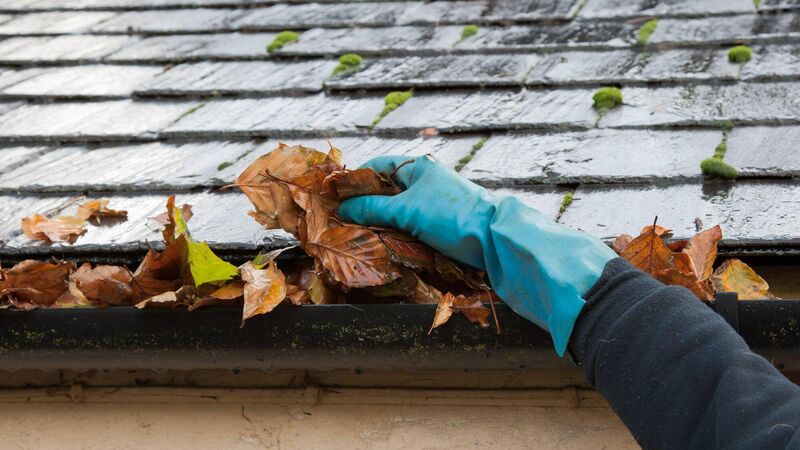Life Hack: How to clean your gutters of leaves, dirt and debris

Leaves and debris easily gathers in gutters and can cause problems
There is a host of household problems that can be solved with one annual chore: cleaning your gutters.
Believe it or not, if you allow your gutter to stay overflowing with leaves and other debris, you can expect issues like water damage on the interior and exterior of your home as rainwater is unable to drain away efficiently, a leak in your roof caused by the same water flow problem, a cracked foundation as overflowing water pools on the ground near your home, and a pest problem as birds and rodents find your leafy gutter an ideal home.









